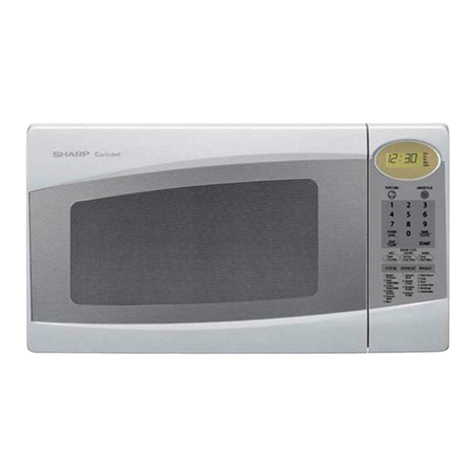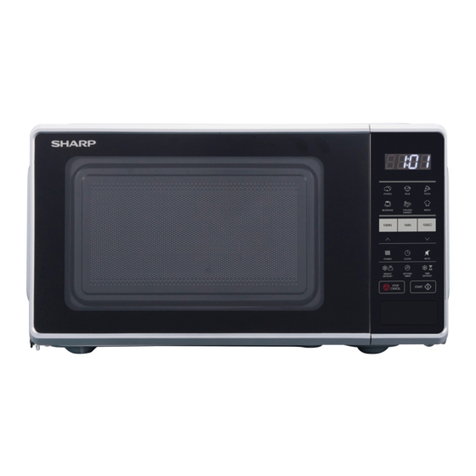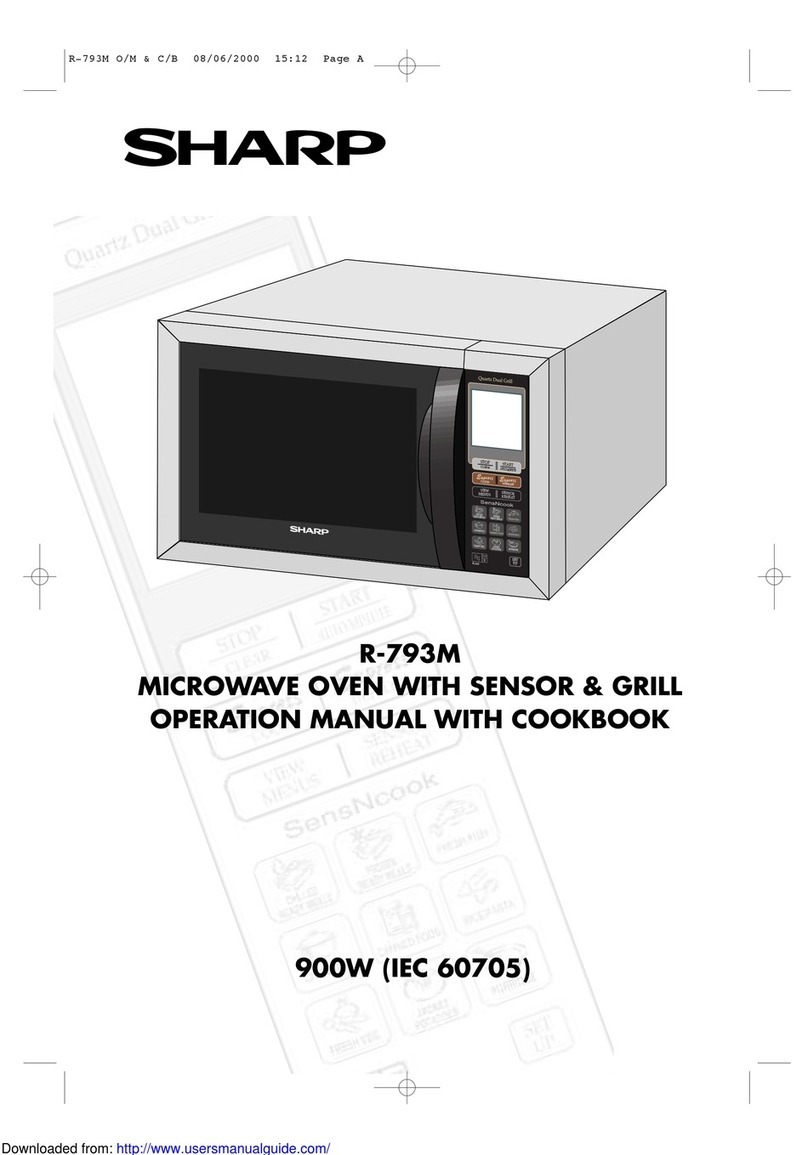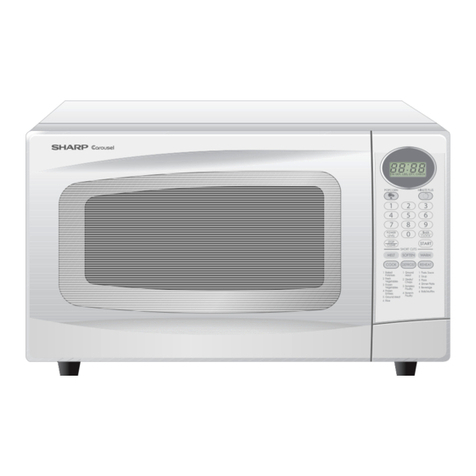Sharp R-248D Instruction Manual
Other Sharp Microwave Oven manuals
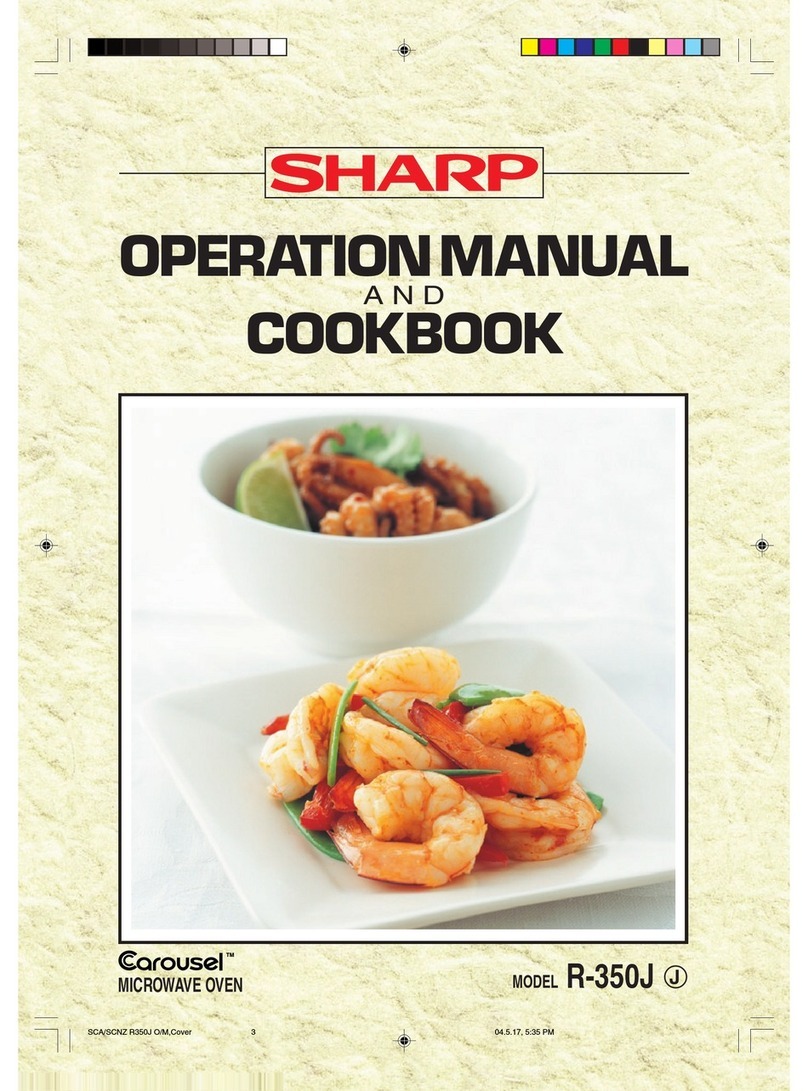
Sharp
Sharp Carousel R-350J User manual
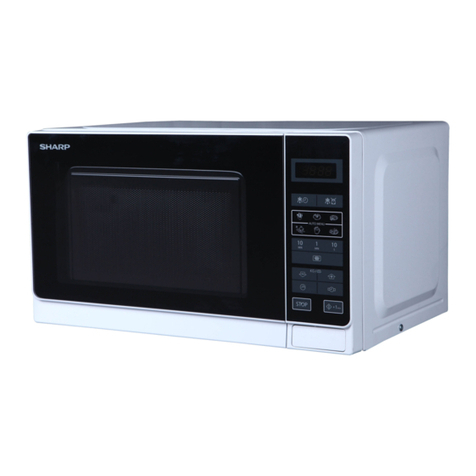
Sharp
Sharp R-342 User manual
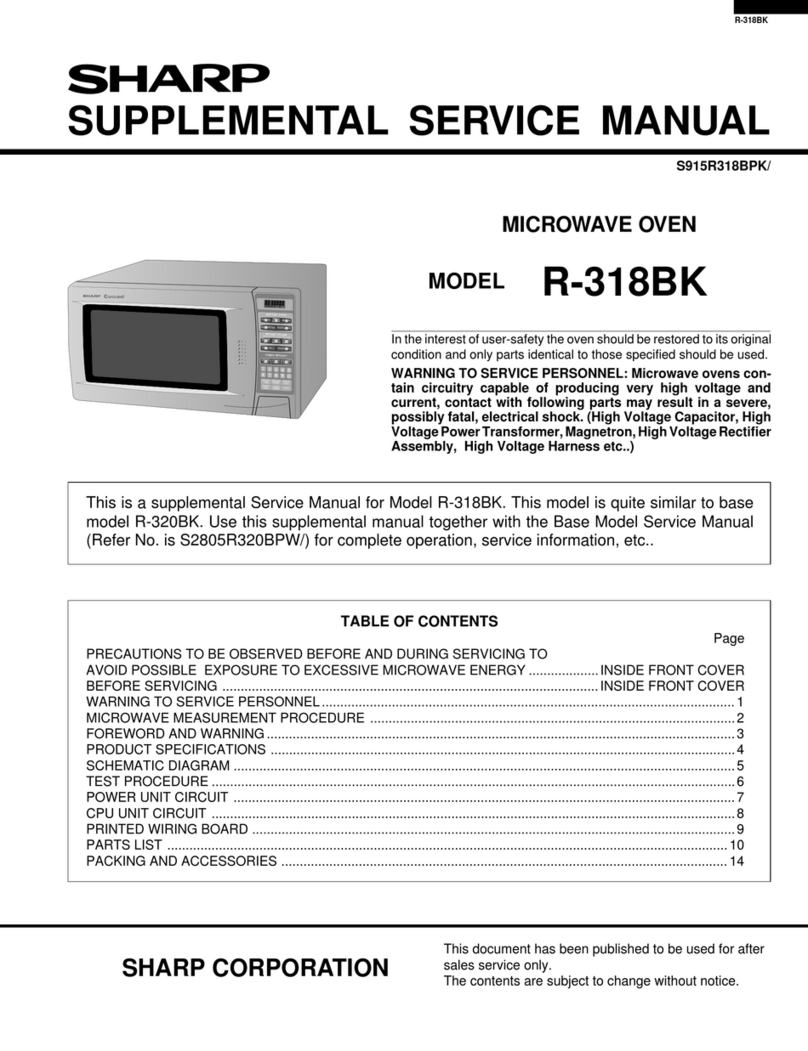
Sharp
Sharp R-318BK User manual
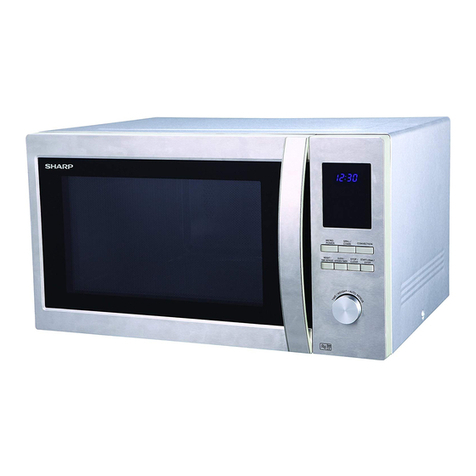
Sharp
Sharp R-982STM User manual
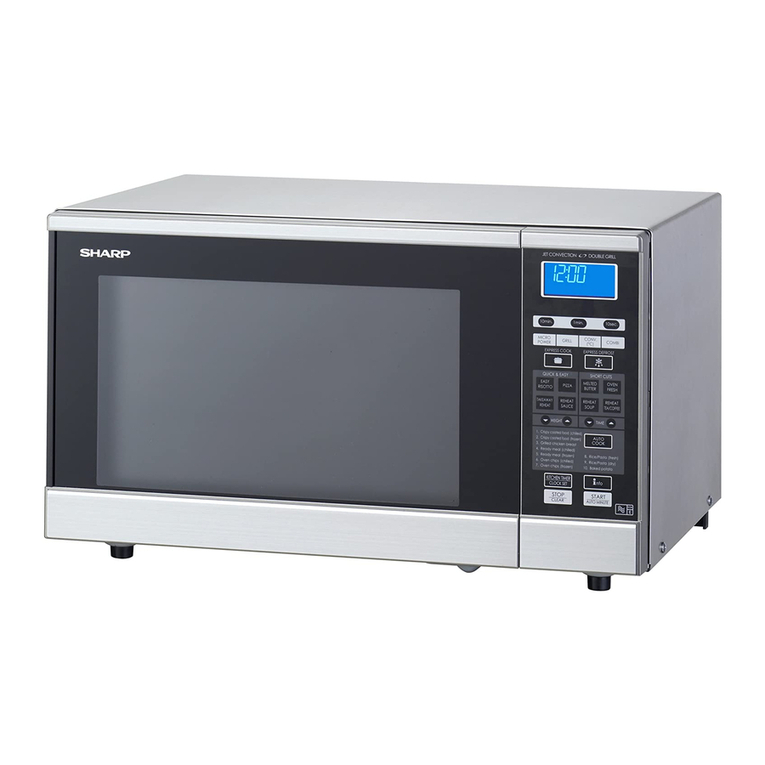
Sharp
Sharp R-86STM User manual
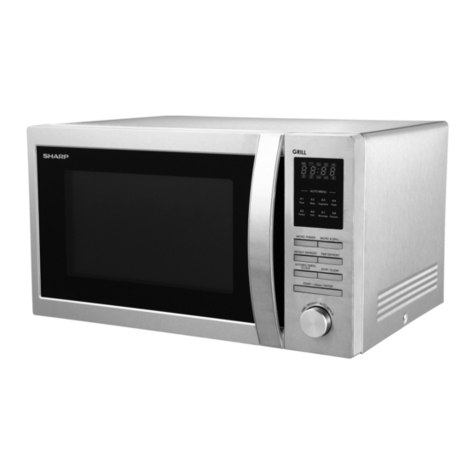
Sharp
Sharp R-754AST User manual
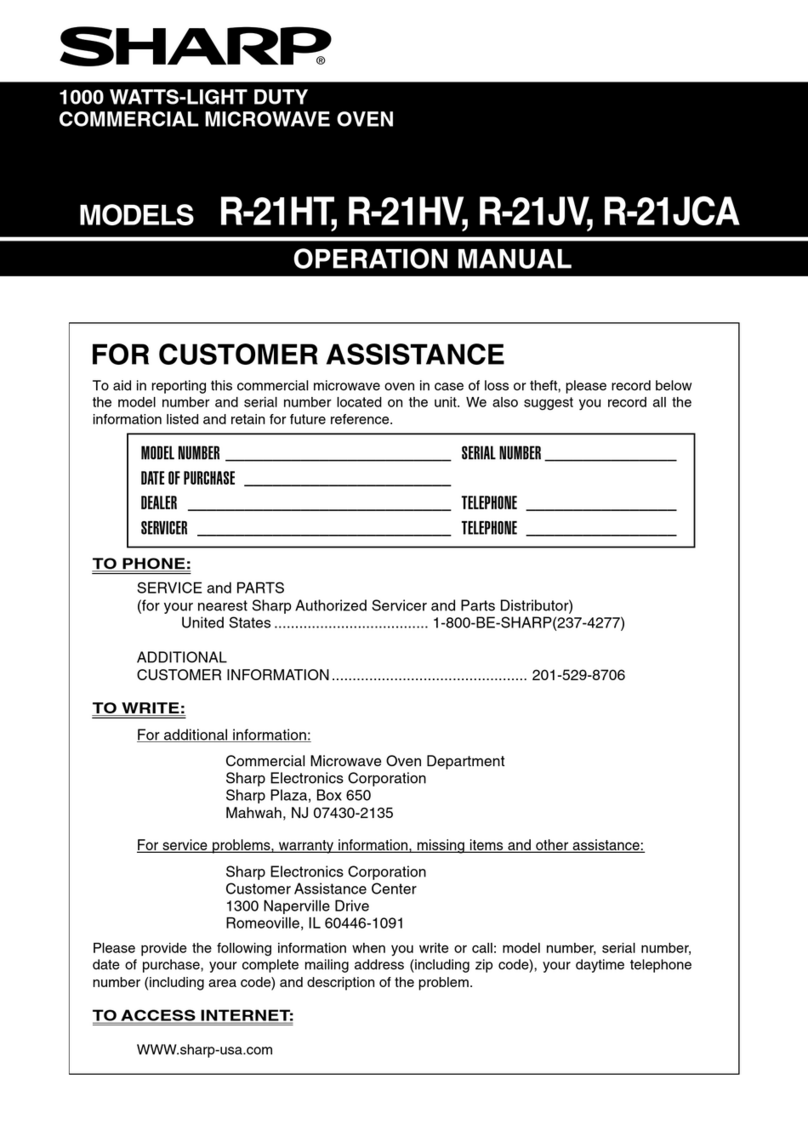
Sharp
Sharp R21JCA - Commercial Microwave Oven User manual
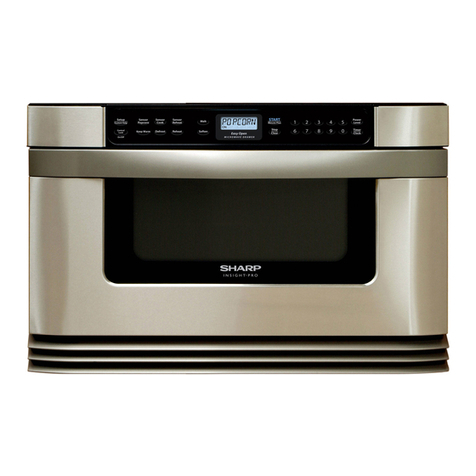
Sharp
Sharp KB-6002L User manual

Sharp
Sharp YC-QS302A User manual

Sharp
Sharp Insight-Pro KB-6525P User manual

Sharp
Sharp Oven R-2398 User manual
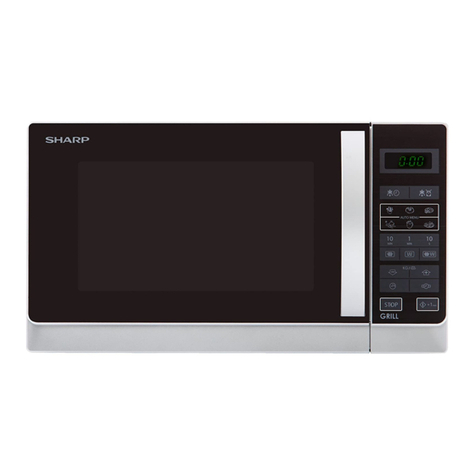
Sharp
Sharp R-642 User manual
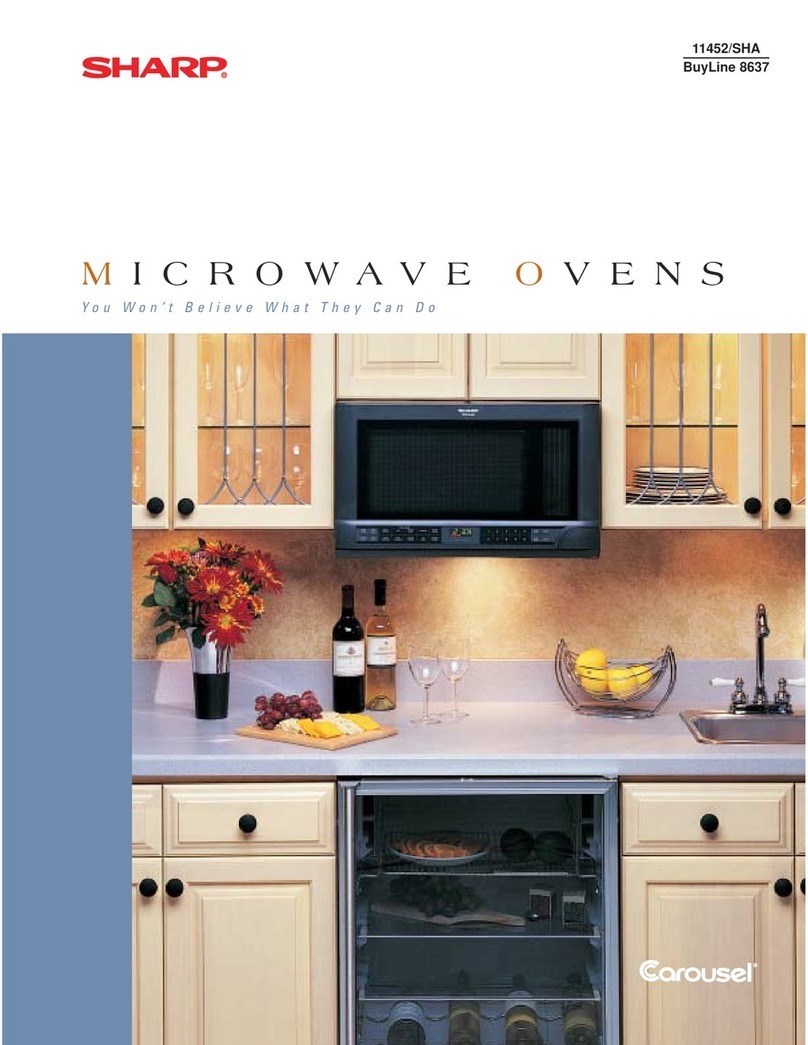
Sharp
Sharp Carousel R-90GC User manual
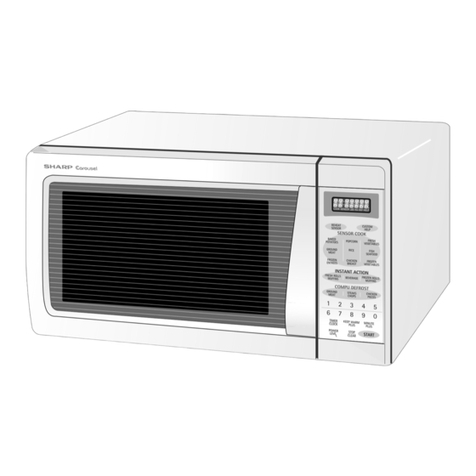
Sharp
Sharp R-320EK User manual
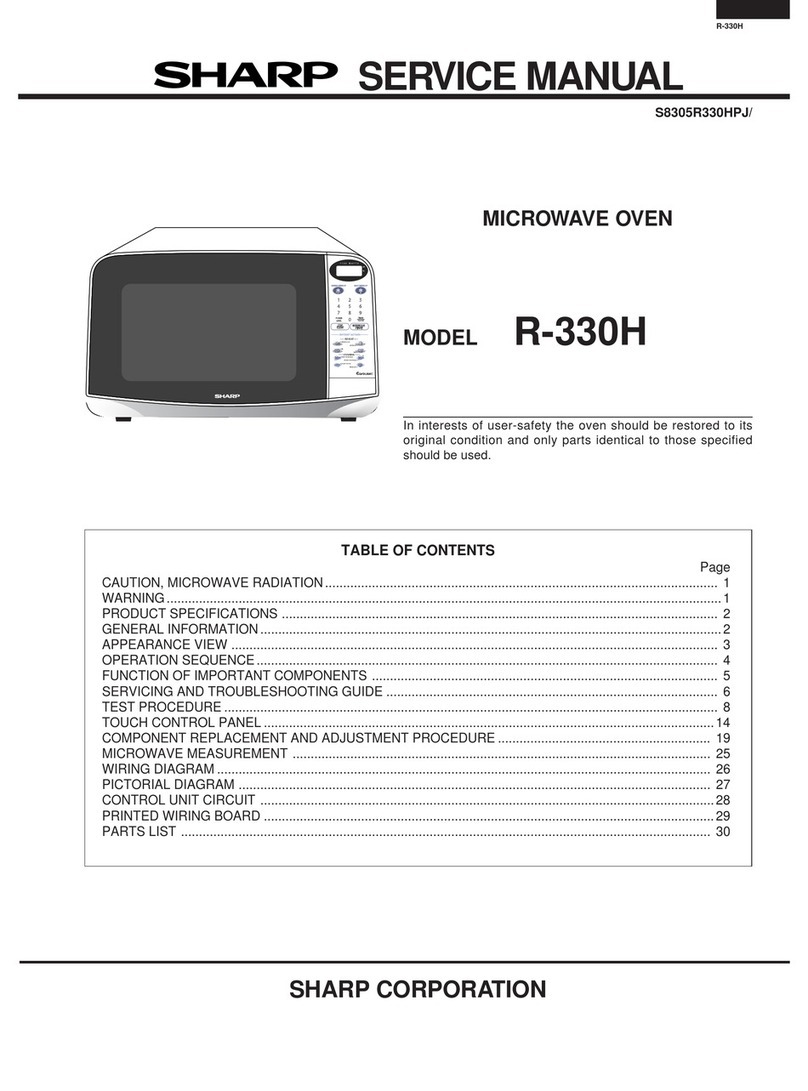
Sharp
Sharp R-330H User manual
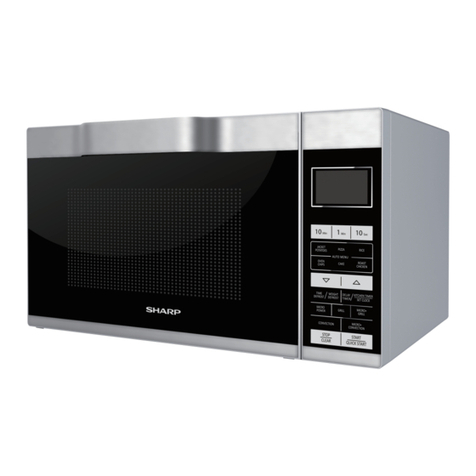
Sharp
Sharp R-861M User manual
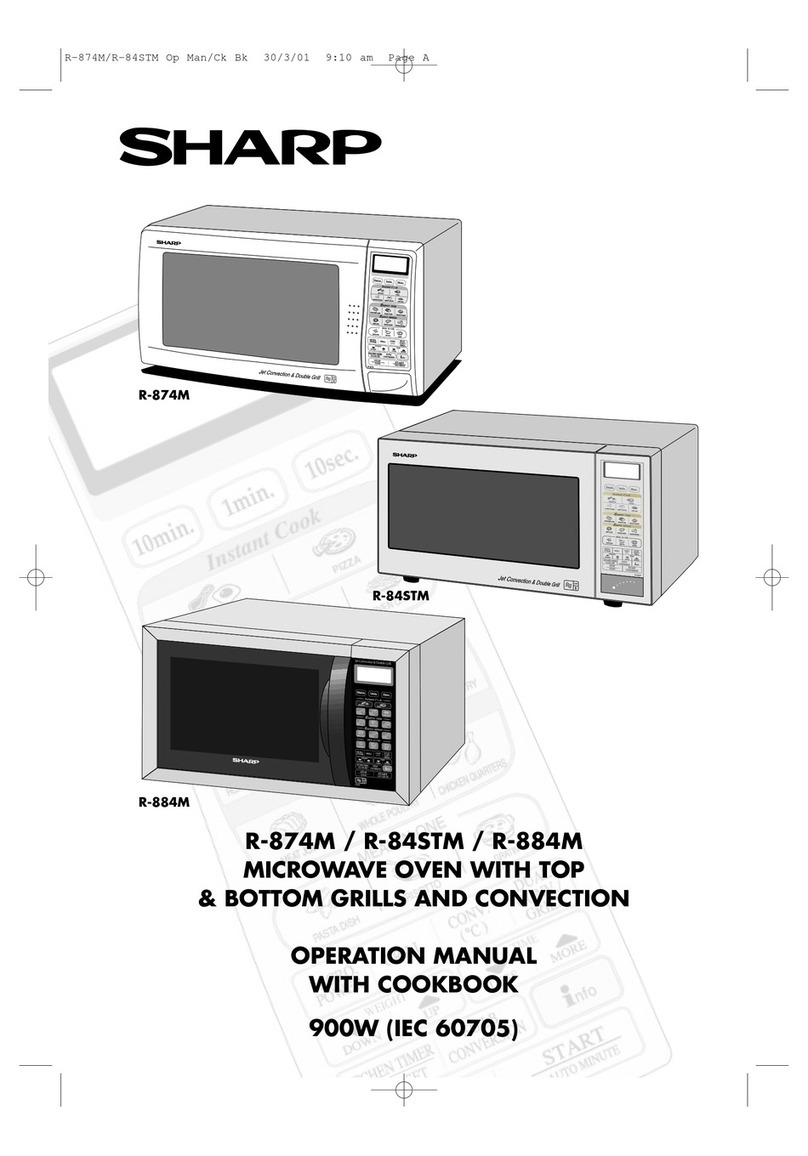
Sharp
Sharp R-874M Instruction Manual
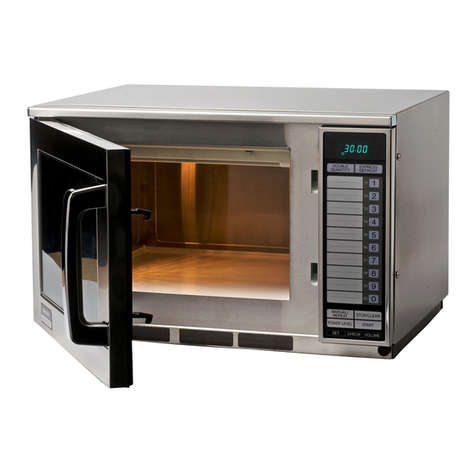
Sharp
Sharp R-22AT User manual

Sharp
Sharp R-956W User manual
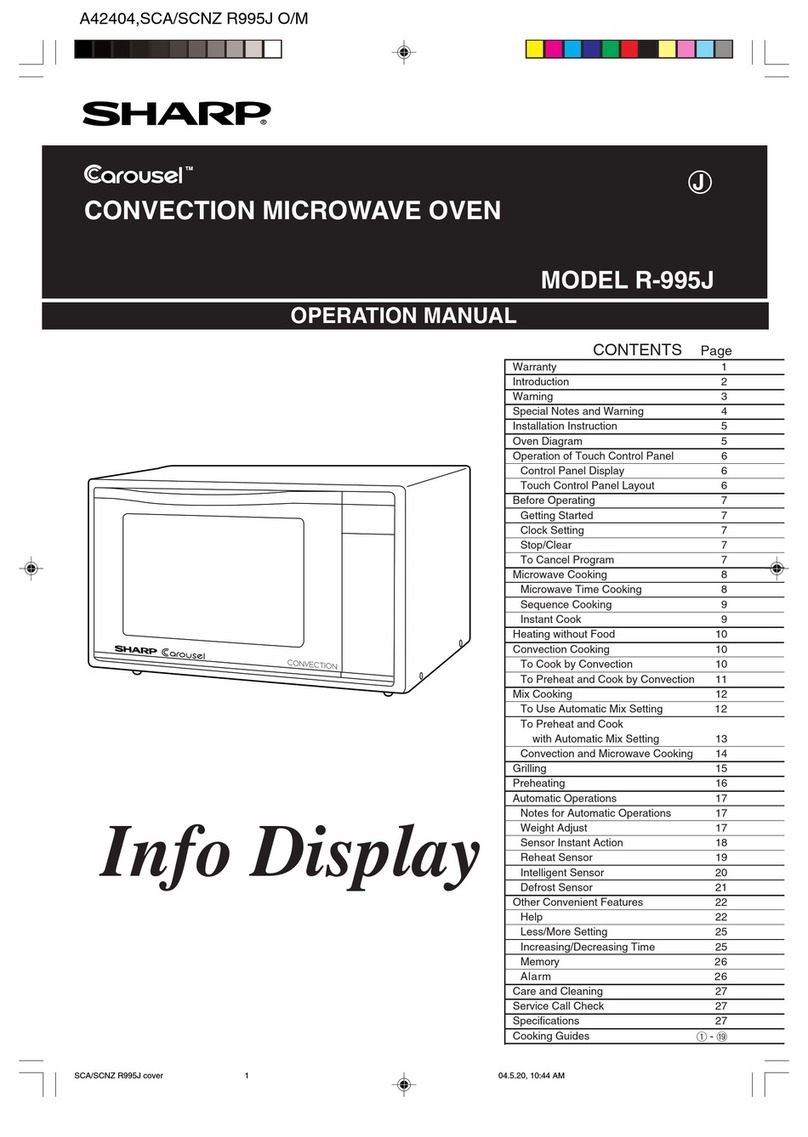
Sharp
Sharp Carousel R-995J User manual
Popular Microwave Oven manuals by other brands

GE
GE Spacemaker JVM1440BH datasheet

DAEWOO ELECTRONICS
DAEWOO ELECTRONICS KOR-6L8K5S83 Operating instructions & cook book

DAEWOO ELECTRONICS
DAEWOO ELECTRONICS KOR-1N5A9S Operating instructions & cook book

Daewoo
Daewoo KQG-6617G Operating instructions & cook book

Samsung
Samsung M1779 Owner's instructions

GE
GE JES1143 Use and care & cooking guide

Miele
Miele H6200BM(TB) Operating and installation instructions

Jocel
Jocel JMO011480 instruction manual

Electrolux
Electrolux EVL8E00X user manual

STOVES
STOVES Q900GRF DO User, installation & servicing instructions

Daewoo
Daewoo KOR-6L0B3S Operating instructions & cook book

KitchenAid
KitchenAid KCMS1555 Use and care guide
